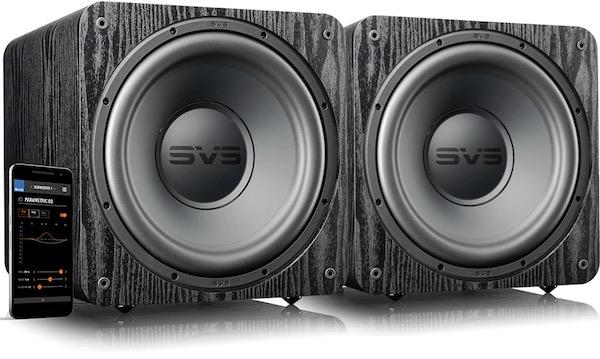Hey, Mr. T, I like your approach.
The Subwoofer crawl is both crude and inefficient. Seemed like a great idea in 1990. So did many things. It also does not take into account the mechanisms of human hearing. Also, you look like a douche doing it.
Honestly, planting your dual subs in the far front corners can work well...or not.
I once had a pretty large living room that was dominated to one side with a huge stone fireplace with a concrete mantle. All of my electronics, save the amp, went on the mantle. Only an earthquake was vibrating that monstrosity.
I then up graded to a Paradigm active system (LCR-450, Servo 15 sub). Wow, what an upgrade from the the old DIY system. Also, much less complexity, but... the room modes.
Having bass that powerful that plumbed that low was showing the rooms weakness: that damn, huge fireplace.
For the listening position, the best way to solve it was to get a sub coming from behind so I bought a second Servo 15 and put it in the rear corner catty from the original.
Using a studio DSP processor to control the subs, I slowly started experimenting with the temporal & level settings for the new sub.
Don't remember the level settings, but, the rear sub with an 11 millisecond delay made the area on the couch very even, assassinating the modes there. Other places, obviously, not so much.
Moving to where I live now, I have a small home theater with 5 KEF LS50's and 4 Rythmik L12 servo subs. While I have Dirac in my Emotiva XMC-1 pre/pro, I haven't really felt the need to use it. The crazy U-shaped room (I'm at the bottom of the "U" facing across it) has thick carpeting, a drop ceiling and wooden walls in front of the cinder block foundation. There's even insulation between the floor joists.
Before I even treated the room it sounded really good in stereo. The stereo sounded a lot like surround. Once I treated the ceiling even more, put up a bunch of huge media racks behind that were filled with angled disc boxes and deadened the speaker end with acoustic blanketing and thick, cheap curtains to cover that up bland blankets, it's now the best sounding room I've ever heard.
Can I get better speakers? Sure. What I cannot get is a room with no bass modes without correction. I mean not at all. They don't exist in my one-man theater.
I have that now by pure luck and some judicious design. Also, the Live End/Dead End (LEDE) design is incredible in the right room. Speaker end dead, area behind the listener offers some nice, benign ambience. Most of what you hear is the recording, very little is the walls, ceiling or floor.
It's amazing.
Hell, the late and truly great Siegfried Linkwitz once wrote to me that, in his large listening room, with his dipole speakers, he liked it the opposite way around (live end with the speakers). With the classical music he loved, maybe, that really worked.
It all comes down to the room and there is no set answer. I know that better than most. I've lived it more than twice.
Do research, learn some stuff and try new methods... but do not do the subwoofer crawl!

































































